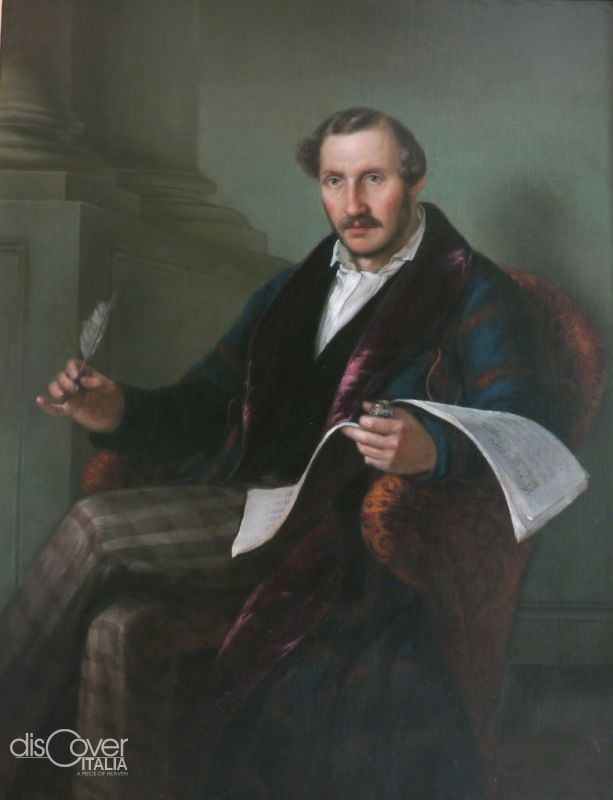The mild and healthy climate was its first, recognized attraction. Together with the fertility of the land and the beauty of the countryside. Therefore the Romans had already chosen that vast plain within Campania, over which a mountain covered in vegetation, seemed to watch peacefully.

There, the rich Romans had built rustic villas to enjoy the fresh air during their stays, but also to plant vineyards, olive groves and vegetable gardens, givers of excellent and abundant fruits. Then, the eruption of the quiet mountain changed the natural setting of those places and buried the surrounding villas and land. And later on other times Vesuvius, which had now revealed its nature, had upset those lands but also gave them the fertility that made them famous. More than a century had passed since the last, great eruption of 1631, when many "lords" returned from the city, noble landowners and even rich bourgeois able to buy land and build new country villas. Thus, between the 18th and 19th centuries, the Vesuvian plain became a holiday destination, in the rustic farms, immersed in the fertile countryside, or in the palaces and villas built in the two neighboring villages of Pollena and Trocchia, which soon entered among the favorite destinations of the flourishing Naples.
In Pollena the powerful Minister of the Interior of the Kingdom of the Two Sicilies, Nicola Santangelo, had his country residence. His splendid villa, housing a collection of precious Etruscan vases and ancient coins (now kept in the National Archaeological Museum in Naples), was also famous for its huge and sumptuous ballroom. A villa worthy of a king and in fact it often happened that Ferdinand II of Bourbon was a guest there with important courtiers. If only the memory of the villa remains, since it was demolished in the 1960s, a photo of the carriage with the king traveling to Pollena is kept in the State Archives. In the main square of Trocchia, which takes its name from the Capece Minutolo owners of a famous building renovated in 1741, now restored, the imposing early 19th century building that belonged to the noble Pallamolla family, MarquessesofPoppano, rises with others. It was one of the holiday residences "signed" by famous architects and embellished by the best artists of the capital. Among the most frequent guests of the palace were the Marquises Cavalcanti, owners of a farm outside Trocchia, in the locality known as Vigna.
The Cavalcanti family also welcomed some illustrious guests in the Villa Pallamolla during the summer. Among them was the already famous composer GaetanoDonizetti. It was the quiet rural atmosphere of the farm outside the town that attracted him to Trocchia. He spent his time there, on a stone at the foot of a large olive tree, in a precious idleness to feed his creative vein. It seems that his most famous work, Lucia di Lammermoor, written in just six weeks and completed in July 1835, three months before being performed at the San Carlo, where on September 26th he obtained a sensational success. The first notes of some of the famous "Lucia" arias were rehearsed by Donizetti, who was then also the artistic director of the Royal Theater of San Carlo, right on the bellows organ of the church of Santissima Annunziata di Trocchia.
In memory of that illustrious presence, in 1911 Count Caracciolo had a commemorative plaque placed on the facade of the Trocchia palace where Donizetti was a guest. Plaque still visible on the facade of the building which, fortunately, still retains its original appearance.
Ph: Wikipedia, Gaetano Donizetti (portrait_by_Giuseppe_Rillosi)



Comments powered by CComment